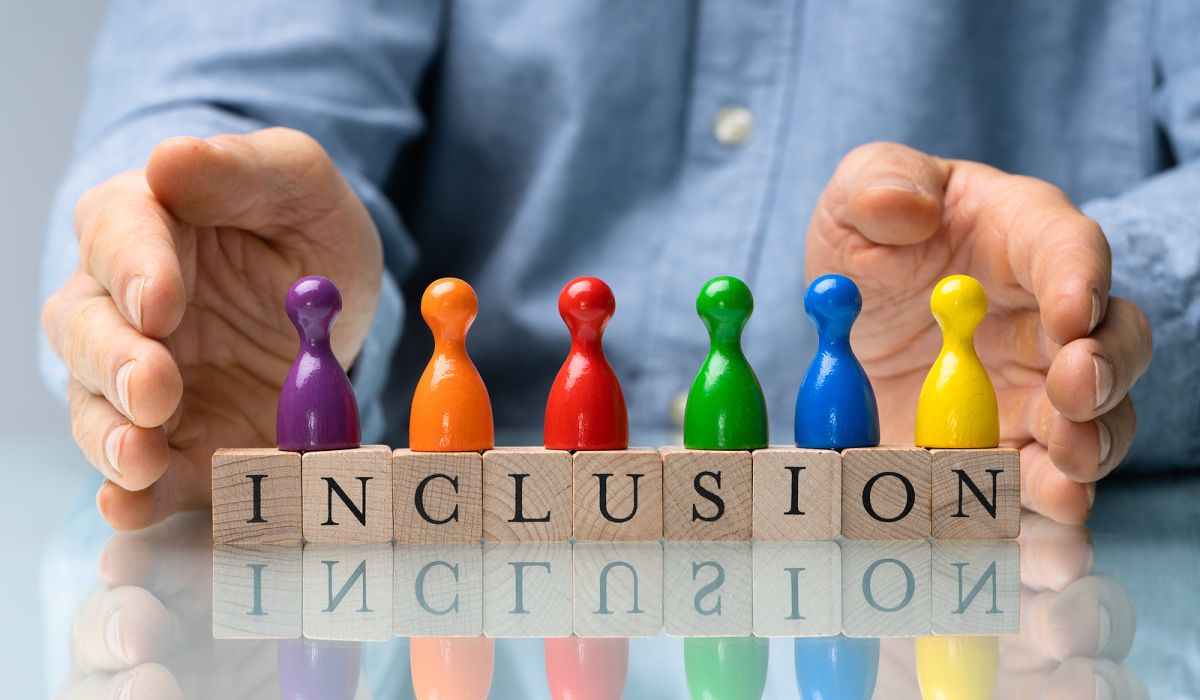Even though awareness has been growing in recent years, harassment in the workplace is definitely still there. According to a Léger survey, 35% of Quebecers have been subjected to at least one situation of psychological or sexual harassment in the last 5 years. Among LGBTQ+ people, this rate is 65%. Another vision is therefore necessary to prevent depression and resignation linked to unsuitable, even toxic environments.
“In general, inclusion means that a person will feel respected, recognized and valued in their workplace, without having to change their way of being,” explains Fran Delhoume, equity, diversity and inclusion analyst (EDI ) at URelles.
Adopting a long-term strategy
Some recruitment practices promote diversity. Write offers with inclusive or epicene writing, for example. This remains a first step: companies must then keep their commitment to inclusion when interviewing, hiring, in opportunities for advancement and more generally in the culture of the company.
This commitment therefore requires a comprehensive strategy, rather than a series of isolated actions. “Simply launching training courses thinking that people will educate themselves, without following up, often falls flat,” says Fran Delhoume. To implement a policy with lasting effects, it is therefore imperative to collect data – with the help of EDI specialists – in order to know the needs and the organizational context.
Management must also be involved in this process to ensure that all hierarchical levels of the company are represented. Staff members will see these models as mirroring the possibility of accessing positions of responsibility.
Fostering self-determination
Most often, people belonging to the dominant cultural group are not aware of their privileges. “We don’t know that we don’t know”, illustrates Fran Delhoume. So the question is, how to avoid perpetuating systemic biases related to privileges.
It is recommended to ask during the recruitment process by which name – other than the legal name – the person would like to be called. Encouraging everyone to share their pronoun is also a good idea to normalize this practice and make gender expression safer.
Pay attention to vocabulary
It is also necessary to consider the multiple realities of people whose gender identity is not the same as that assigned at birth. “Transgender people, for example, may experience more visible changes and therefore suffer more stigma than homosexual people, who could blend in more easily with the crowd,” adds the EDI expert.
Total compensation is also thought of according to a traditional concept of the family. However, people of sexual and gender diversity have family and parental configurations that are not always taken into account. “We still think a lot about maternity leave, while a trans man can be pregnant,” continues Fran Delhoume. The vocabulary used contains a lot of symbols and discriminatory load. To overcome this, many lexicons are available.
Fostering accountability
“In fields such as construction and technology, which are still very masculine and stereotyped, certain remarks and jokes are not necessarily ill-intentioned, but are part of the daily practices of the culture,” says Fran Delhoume. Company policy must promote accountability and not tolerate homophobic, lesbophobic, biphobic and transphobic language or any other act of discrimination.
Listen
Finally, while people of sexual and gender diversity certainly do not have to “educate” others, it is essential to actively listen to them in order to understand their needs. As a cisgender person, Fran Delhoume also insists on the importance of the experiential point of view, that is to say the lived experience, to adapt and build an inclusive corporate culture
